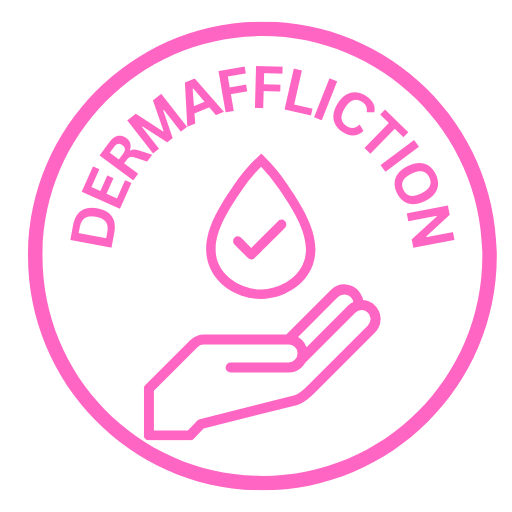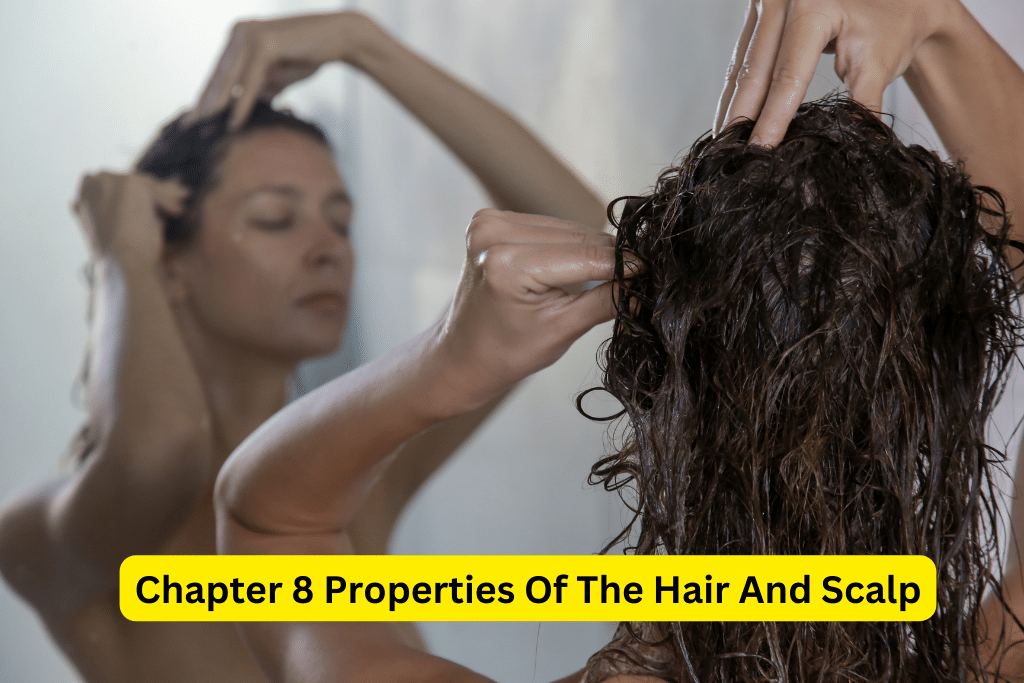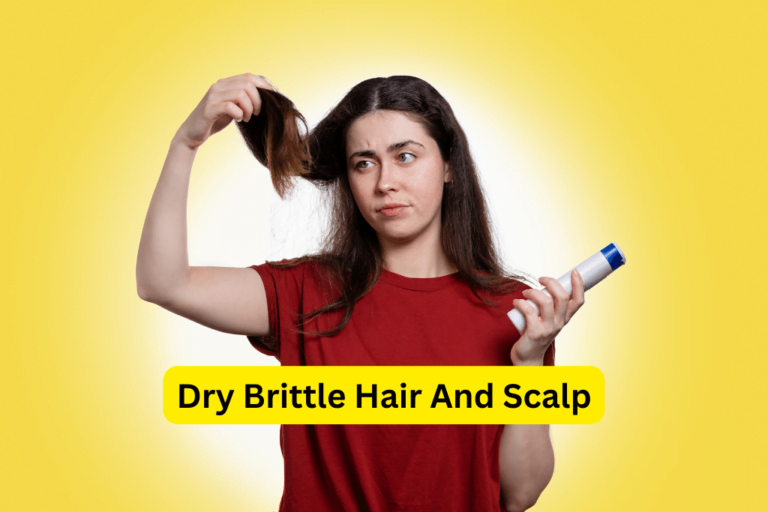Unlock the Secrets of Hair and Scalp: Chapter 8 Properties Explained
Chapter 8 Properties Of The Hair And Scalp
Understanding the properties of hair and scalp is essential for maintaining healthy and gorgeous locks. In this comprehensive guide, we will delve into the fascinating world of hair and scalp properties, covering everything from the structure of hair to various scalp conditions. By the end of this article, you will gain expert insights and practical knowledge that will enable you to enhance your understanding and care for your hair and scalp.
Hair Structure
A. Hair Shaft
The hair shaft is the visible part of the hair that protrudes from the scalp. It is composed of three distinct layers: the cuticle, cortex, and medulla.
1. Cuticle
The cuticle is the outermost layer of the hair shaft and serves as its protective barrier. It consists of overlapping scales that lay flat when the hair is healthy and smooth. The cuticle plays a critical role in preventing moisture loss, maintaining hair integrity, and protecting against damage from external factors.
2. Cortex
The cortex is the middle layer of the hair shaft and comprises the majority of the hair’s structure. It is responsible for giving hair its color, texture, and strength. The cortex contains long chains of proteins called keratin, which give the hair its elasticity and structural integrity.
3. Medulla
The medulla is the innermost layer of the hair shaft and is present in some hair types but not in others. Its function is still not fully understood, and it is believed to play a minimal role in hair characteristics.
B. Hair Follicle
The hair follicle is the root structure that anchors the hair into the scalp. It is composed of several components, including the papilla and bulb, which are vital for hair growth.
1. Papilla and Bulb
The papilla is a small, protruding structure at the base of the hair follicle. It contains blood vessels that supply nutrients and oxygen to the hair bulb, which is the rounded, expanded area at the base of the hair follicle. The papilla and bulb are crucial for hair nourishment and growth.
Hair Growth Cycle
A. Anagen Phase
The anagen phase is the active growth phase of the hair cycle. During this phase, the hair follicle is actively producing new cells, and the hair shaft continues to lengthen. The duration of the anagen phase varies among individuals and influences the maximum potential length of the hair.
B. Catagen Phase
The catagen phase marks the transition from the growth phase to a rest phase. In this phase, the hair follicle shrinks and detaches from the papilla, ceasing new cell production. The catagen phase is relatively short and prepares the hair for the next phase.
C. Telogen Phase
The telogen phase is the resting phase of the hair cycle. The hair follicle remains dormant during this phase, and the hair eventually falls out, making way for new hair growth. On average, 10-15% of the hair is in the telogen phase at any given time.
D. Factors Influencing Hair Growth Cycle
1. Genetics
Genetics plays a significant role in determining the duration of each phase of the hair growth cycle. Some individuals may have a longer anagen phase, resulting in longer hair, while others may have a shorter cycle, leading to shorter hair length.
2. Health and Hormones
The overall health of an individual and hormonal imbalances can affect the hair growth cycle. Certain conditions, such as thyroid disorders, can disrupt the cycle and lead to excessive hair shedding or thinning.
3. Environmental Factors
External factors, such as stress, diet, and exposure to pollutants, can impact the hair growth cycle. A balanced and healthy lifestyle, along with proper hair care, can help maintain an optimal hair growth cycle.
Scalp Properties
A. pH Balance and Sebum Production
Understanding the pH balance of the scalp and sebum production is crucial for maintaining a healthy scalp environment.
1. Understanding the pH Level of the Scalp
The scalp has a naturally acidic pH level ranging from 4.5 to 5.5. This slightly acidic environment helps protect the scalp from harmful bacteria and maintain the health of the hair follicles.
2. Role and Impact of Sebum on Scalp Health
The sebaceous glands in the scalp produce sebum, a natural oil that moisturizes the scalp and hair. However, excessive sebum production can lead to oily scalp, while insufficient production can result in a dry scalp.
B. Scalp Skin Types
1. Oily Scalp
An oily scalp is caused by overactive sebaceous glands. It is characterized by excessive sebum production, which can lead to greasy hair, scalp itching, and dandruff. Proper cleansing, using a gentle shampoo, and avoiding heavy hair products can help manage and maintain an oily scalp.
2. Dry Scalp
A dry scalp is often caused by insufficient sebum production, resulting in flaky scalp, itching, and irritation. Using moisturizing shampoos and conditioners, avoiding hot showers, and incorporating scalp treatments can help alleviate dry scalp symptoms.
3. Combination Scalp
A combination scalp is a mix of oily and dry scalp areas. The T-zone (forehead, nose, and chin) is generally oilier, while the rest of the scalp may be drier. Tailoring hair care routines to address each area’s specific needs can effectively manage a combination scalp.
Scalp Conditions and Concerns
A. Dandruff
Dandruff is a common scalp condition characterized by flaky skin that can appear on the scalp and hair. It is often caused by an overgrowth of yeast-like fungi, leading to scalp irritation and itchiness. Using anti-dandruff shampoos containing active ingredients like zinc pyrithione or ketoconazole can help control and prevent dandruff.
B. Scalp Psoriasis
Scalp psoriasis is a chronic autoimmune condition that affects the scalp, causing red, scaly patches and itchiness. It can significantly impact an individual’s quality of life. Treatment approaches for scalp psoriasis include topical medications, coal tar shampoos, and phototherapy.
C. Scalp Infections
Various scalp infections, including fungal infections like ringworm, can cause scalp itching, redness, and hair loss. Proper hygiene, avoiding sharing personal items, and using over-the-counter antifungal shampoos can help prevent and treat scalp infections.
Hair and Scalp Care Regimen
A. Cleansing and Conditioning
1. Choosing the Right Shampoo for Specific Hair Types
It is essential to choose a shampoo that addresses the specific needs of your hair type. Whether you have oily hair, dry hair, or colored hair, selecting a shampoo with suitable ingredients can promote scalp health and maintain hair vitality.
2. Conditioning Techniques and Product Recommendations
Conditioning is crucial for keeping the hair hydrated and manageable. Applying conditioner from mid-length to ends, avoiding the scalp, and rinsing thoroughly can prevent product buildup and nourish the hair. Using deep conditioning treatments and leave-in conditioners can provide extra care for damaged or dry hair.
B. Nourishing and Protecting
1. Essential Nutrients for Hair and Scalp Health
A balanced diet rich in essential nutrients like vitamins, minerals, and proteins is vital for healthy hair and scalp. Incorporating foods like fish, eggs, nuts, leafy greens, and fruits can provide the necessary nutrients to nourish the hair follicles and promote hair growth.
2. Protective Measures Against Environmental Damage
UV rays, heat styling tools, and environmental pollutants can damage the hair and scalp. Using heat protectant sprays, wearing protective hairstyles, and applying sunscreen to the scalp can help shield the hair and scalp from these harmful factors.
C. Professional Hair and Scalp Treatments
1. Overview of Salon Treatments for Hair and Scalp Concerns
Salon treatments, such as deep conditioning treatments, scalp massages, and hot oil treatments, can provide intensive care and nourishment for the hair and scalp. Consulting a professional stylist or trichologist can help determine the most suitable treatments for specific concerns.
2. When to Seek Professional Help
If you are experiencing persistent scalp issues, excessive hair loss, or scalp conditions that do not respond to home remedies, it is essential to seek professional help. Trained dermatologists or trichologists can diagnose underlying causes and provide targeted treatment options.
Conclusion
Understanding the properties of hair and scalp is key to maintaining healthy and beautiful locks. From the intricacies of hair structure to the various scalp conditions and concerns, we have delved into every aspect of hair and scalp properties in this comprehensive guide. Remember that regular hair and scalp maintenance, along with proper care and a healthy lifestyle, can promote optimal hair growth and scalp health. Continue to explore and learn more about the fascinating world of hair and scalp to unlock the secrets to luscious and vibrant hair.
"Have You Seen Mike Walden's new holistic acne System yet? It's called "Acne No More" I've read the whole thing (all 223 pages) and there's some great information in there about how to naturally and permanently eliminate your acne without drugs, creams or any kind of gimmicks. I highly recommend it - it's very honest and straightforward without all the hype and b.s. you see all over the net these days. Here's the website where you can get more information:
Click Here -->AcneNoMore









